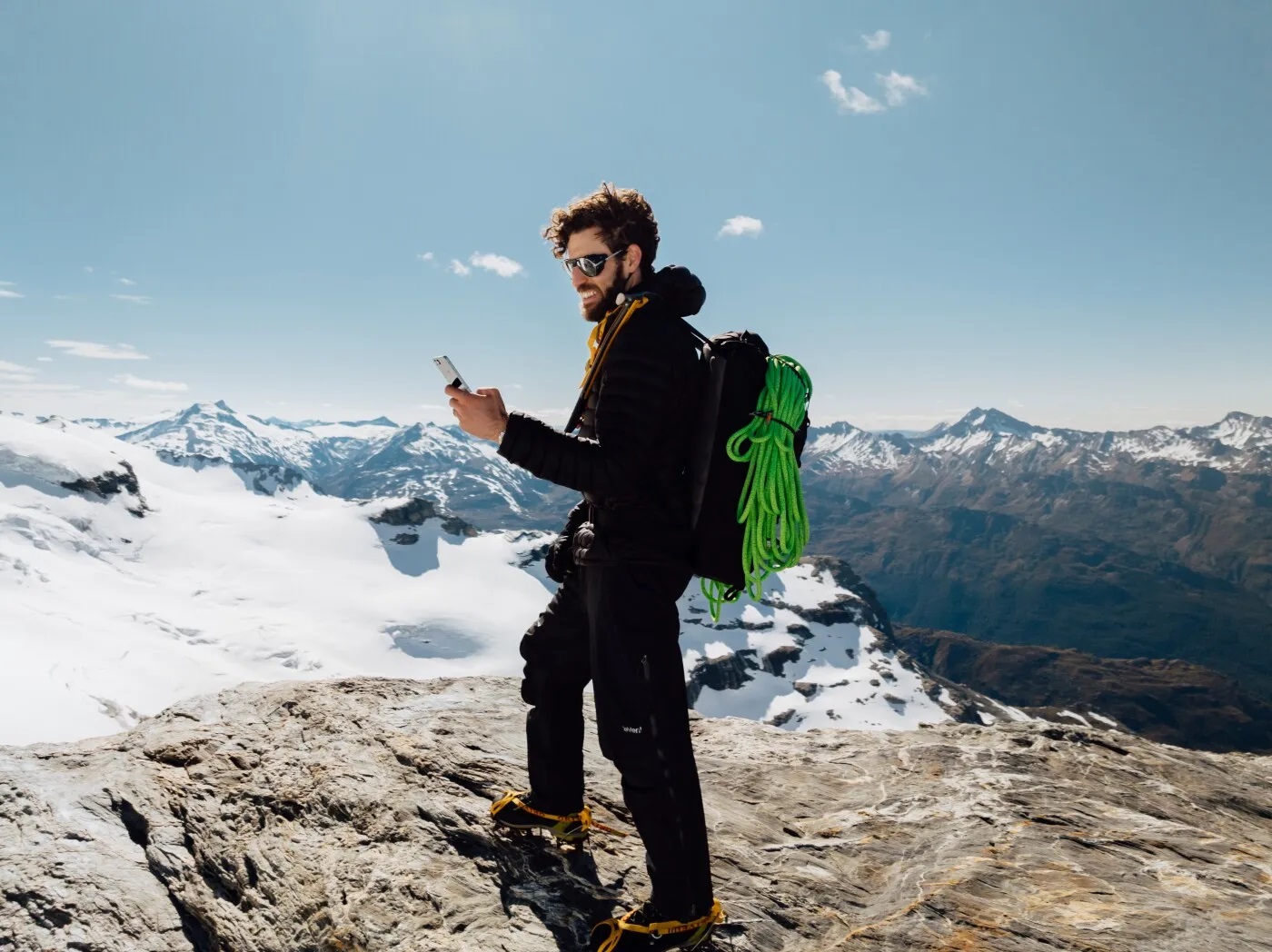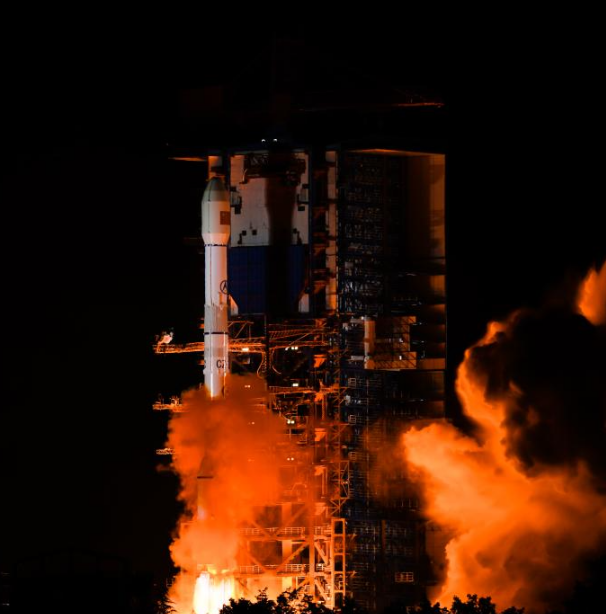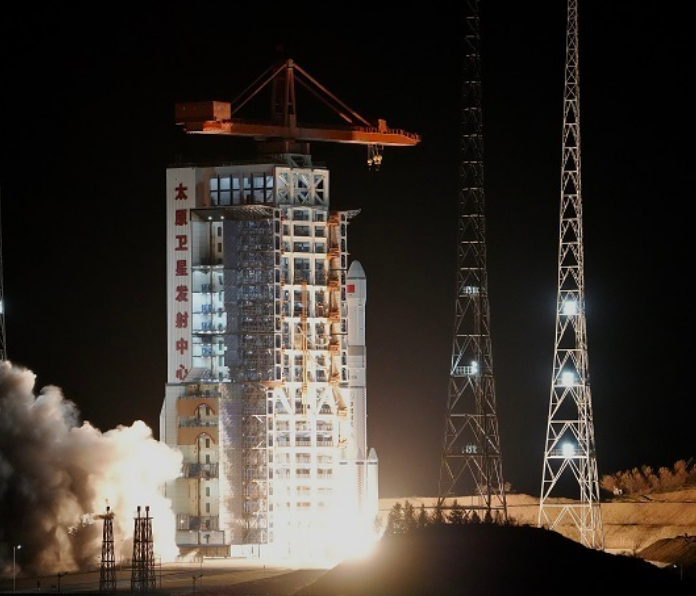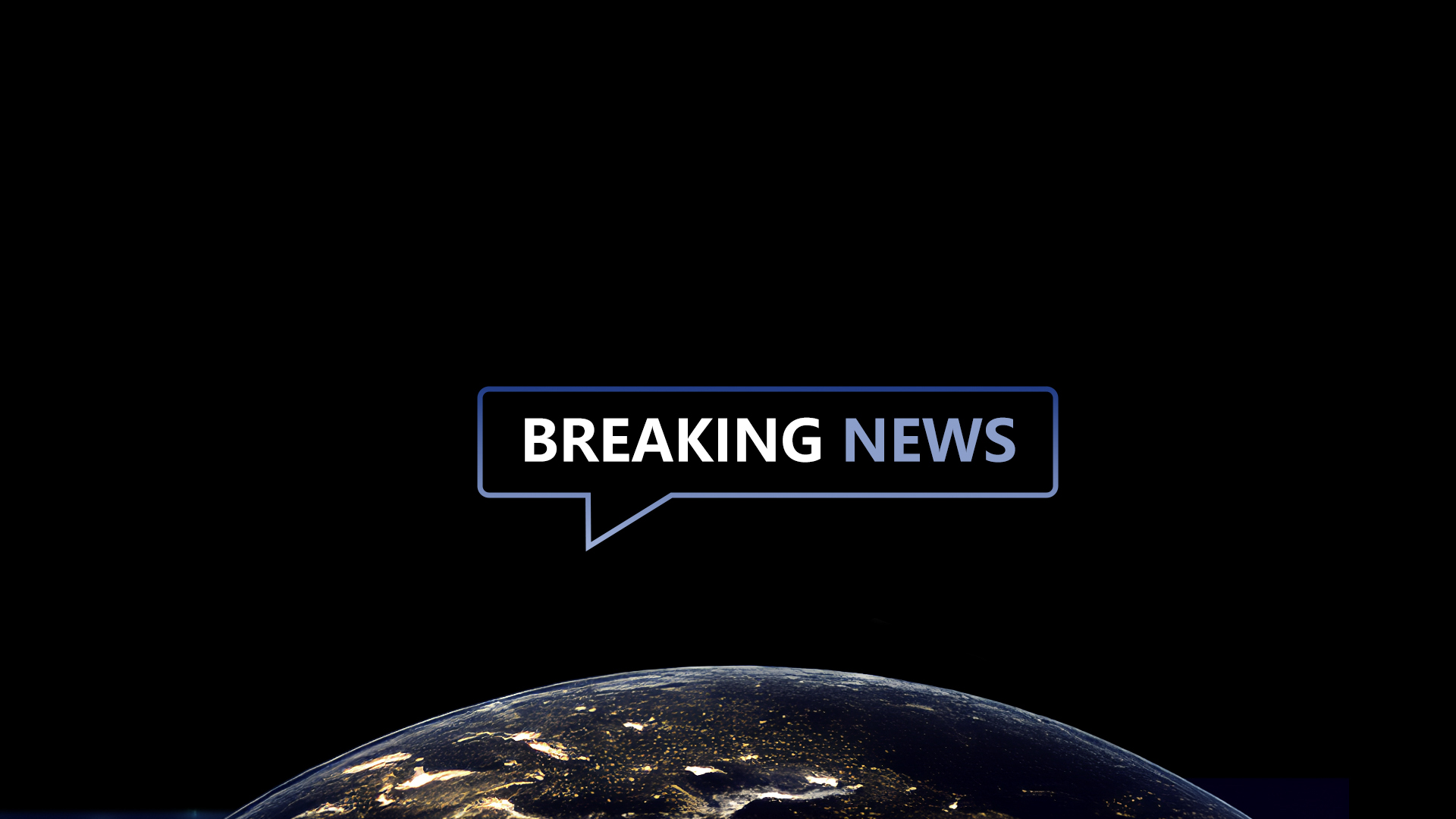19
2024-12
New Zealand first to provide nationwide direct-to-smartphone Starlink service

One NZ said the direct-to-smartphone Starlink service provides an additional layer of protection for New Zealand’s traditional communication networks, and is not a replacement for existing emergency tools. Credit: One NZ
TAMPA, Fla. — SpaceX has launched early direct-to-smartphone messaging services in New Zealand as the latest market for its Starlink satellites gains traction.
One NZ said Dec. 18 it is the first telco globally to provide nationwide Starlink-enabled smartphone connectivity, enabling certain users to send and receive texts in the 40% of New Zealand’s landmass not covered by cell towers.
The space-enabled coverage extends to New Zealand’s territorial limit, roughly 20 kilometers out to sea.
The One NZ Satellite TXT service is available for free for current pay monthly plans, but currently only four handsets are compatible: Samsung Galaxy Z Flip6, Samsung Galaxy Z Fold6, Samsung Galaxy S24 Ultra, and OPPO Find X8 Pr.
“Our teams continue to test the service on additional phones, and we expect hundreds of thousands of customers to be able to use One NZ Satellite TXT by the end of 2025,” said Joe Goddard, experience and commercial director at One NZ.
According to One NZ, text messages can currently be sent and received within three minutes, but it can take up to 10 minutes as SpaceX works to densify its direct-to-smartphone constellation.
The telco said it expects text messages to take a minute on average to be delivered via space once an undefined number of Starlink satellites are deployed.
SpaceX has launched more than 300 Starlink satellites to low Earth orbit (LEO) with payloads that can use a partner telco’s cellular spectrum to connect standard smartphones.
However, the company has regulatory permission to deploy up to 7,500 satellites with direct-to-smartphone payloads to improve coverage and performance.
Starlink has also requested permission from the U.S. Federal Communications Commission to increase the signal strength of these satellites to enable voice and data services.
The company’s U.S. telecoms partner T-Mobile opened registration Dec. 16 for beta Starlink direct-to-smartphone services in the United States early next year.
In addition to One NZ and T-Mobile, Starlink has agreements with telcos KDDI (Japan), Optus (Australia), Salt (Switzerland), Entel (Chile and Peru), and Rogers (Canada).
AST SpaceMobile and Lynk Global are also developing LEO constellations that would use cellular frequencies from partners to connect standard smartphones.
The fledgling direct-to-smartphone provides another avenue for revenues for Starlink, which SpaceX began launching in 2019 with a focus on retail broadband services.
Starlink has since branched out into government and enterprise markets, such as maritime and inflight Wi-Fi, putting the company on track to reach $11.8 billion in revenue next year, according to market research firm Quilty Space.
SpaceX currently operates more than 6,800 satellites in LEO, making it by far the world’s largest constellation.
-
29
2025-05

Tianwen-2 Mission Launched Successfully
At 1:31 AM today, China successfully launched the Tianwen-2 planetary exploration probe from the Xichang Satellite Launch Center using the Long March-3B Y110 carrier rocket.
-
13
2025-05

Communication Technology Experiment Satellite No. 19 Successfully Launched
At 2:09 on May 13, China successfully launched the Communication Technology Experiment Satellite No. 19 from the Xichang Satellite Launch Center using a Long March 3B carrier rocket. The satellite smoothly entered its predetermined orbit, and the launch mission was a complete success.
-
12
2025-05

Remote Sensing Satellite No. 40, Group 02, Successfully Launched
On May 11 at 21:27, China successfully launched the Remote Sensing Satellite No. 40, Group 02, from the Taiyuan Satellite Launch Center using a Long March 6A carrier rocket. The satellite entered its predetermined orbit smoothly, and the launch mission was a complete success.









